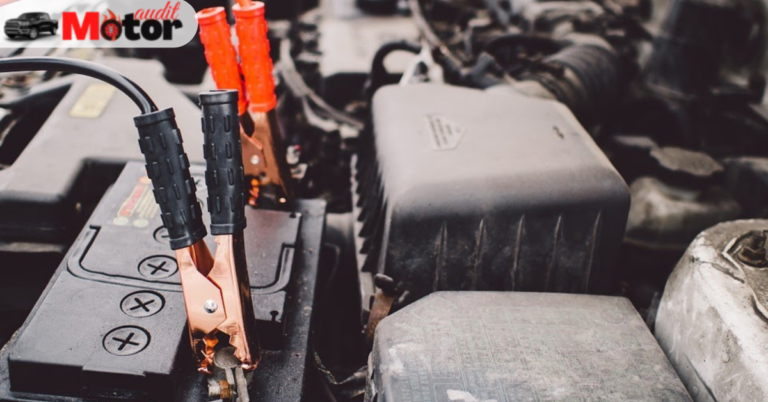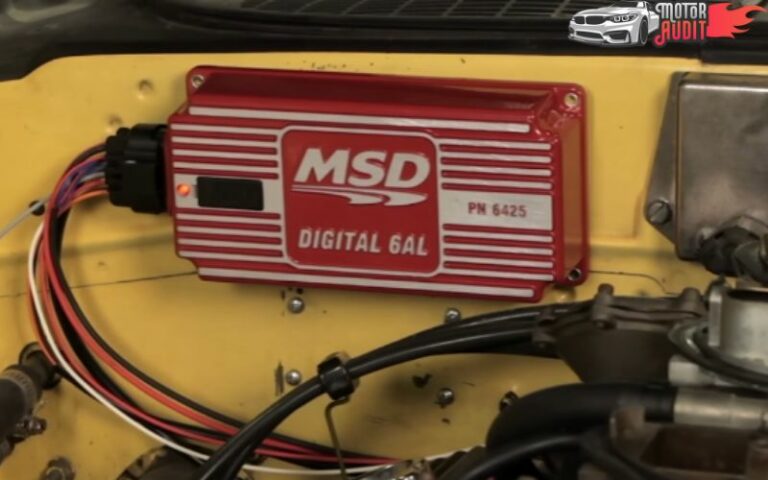Is It Ok to Drive with a P0300 Code? – Don’t Drive With It
The P0300 code is displayed when two or more cylinders misfire. Undoubtedly, the signal is dangerous. But the main question comes when you keep driving with the code. So, is it ok to drive with a P0300 code?
NO! It’s never recommended to drive with a P0300 Code. However, you can drive it with risk. But it can result in triggering different components of the internal engine and catalytic converter very badly. However, When this misfire occurs you must take initiative.
The above info might not be enough for you. In this article, we’ll elaborate on all the nuts & bolts of Code P0300. So, if you’ve faced this code already, buckle up, and please continue reading!

What Does Code P0300 Mean?
Code P0300 means that the OBD-ll (Onboard Diagnostic) scan system caught random misfires in your car. The literal meaning of this code is “Random/Multiple Cylinder Misfire Detected.”
This misfire happens when your car has burnt insufficient fuel or when there is any damage to the spark plug. If this code is continuous, it can affect your car’s catalytic converter.
Now, you may wonder what exactly is the misfire. As mentioned before, most cars have four, six, or eight cylinders and each cylinder fire a spark plug smoothly and continuously. With the spark plug firing the spark, it ignites the fuel-air combination in the cylinder. If there is any trouble in this process, then it’s called misfire.
When any misfire occurs, the Powertrain Control Module(PCM) will activate and show the code P0300. You can see the range of P0301 to P0308 altogether alongside P0300.
The last number of the code indicates the specific cylinders that misfire in the affected cylinders. For example- if you see P0302, it means the misfire occurred in the particular cylinder 2.
What Are the Causes of Code P0300?
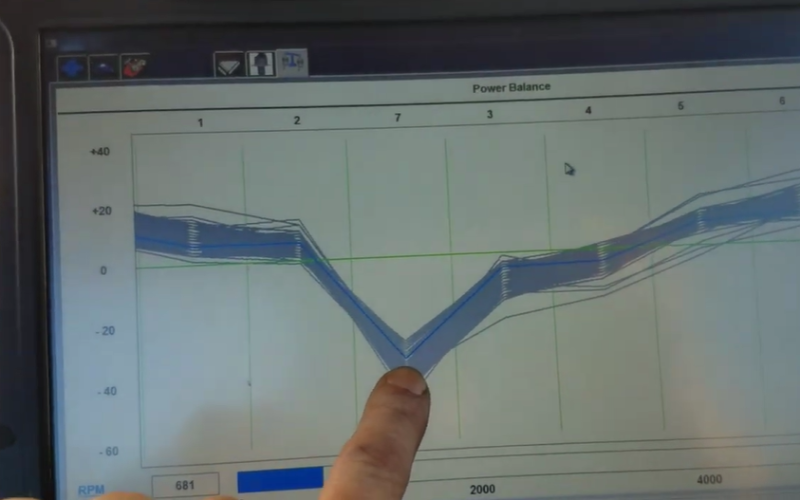
If there is any fuel, internal engine trouble, or damaged ignition, then it leads to misfiring. Here comes the most common and potential causes of code P0300-
1. Damaged or faulty spark plugs or wires.
2. Ignition issues like damage or malfunction.
3. Defective or damaged spark plug leads, coils, and connectors.
4. Vacuum leakage.
5. Fuel injectors may be damaged or open.
6. Ignition timing is not specific
7. Low pressure of fuel.
8. A damaged distributor cap.
9. A defective camshaft sensor.
10. A defective crankshaft sensor.
11. A defective or malfunctioned oxygen sensor.
12. A damaged mass airflow sensor.
13. Malfunctioned PCM(Powertrain Control Module).
14. Low-quality fuel with dirt and contamination.
Symptoms of Code P0300
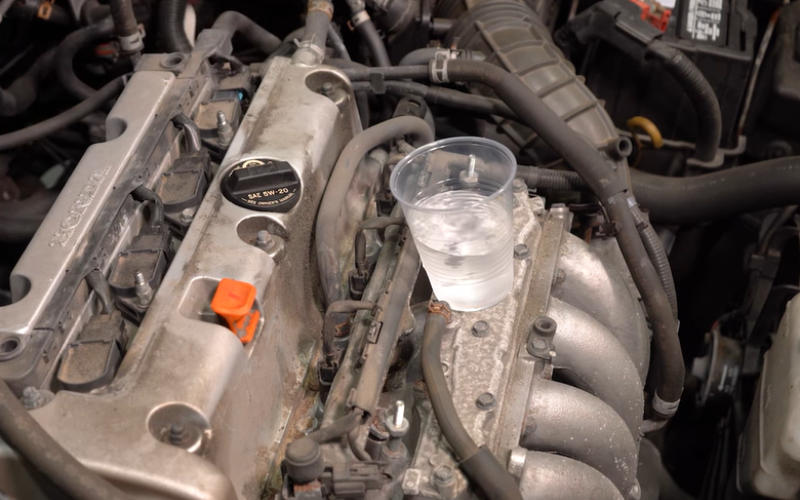
In this segment, you’ll see the common symptoms to detect code P0300. Here we go-
1. Check Engine Light flashing or illuminated. In some models of cars flashing the engine light means that a serious misfire occurred and it affected the catalytic converter.
2. Engine problems such as lack of accelerations.
3. Your car may shake and jerk when the engine stutters.
4. Fuel consumption can increase.
5. The vehicle may take time to start or not start at all.
Is It Okay To Drive With A P0300 Code?
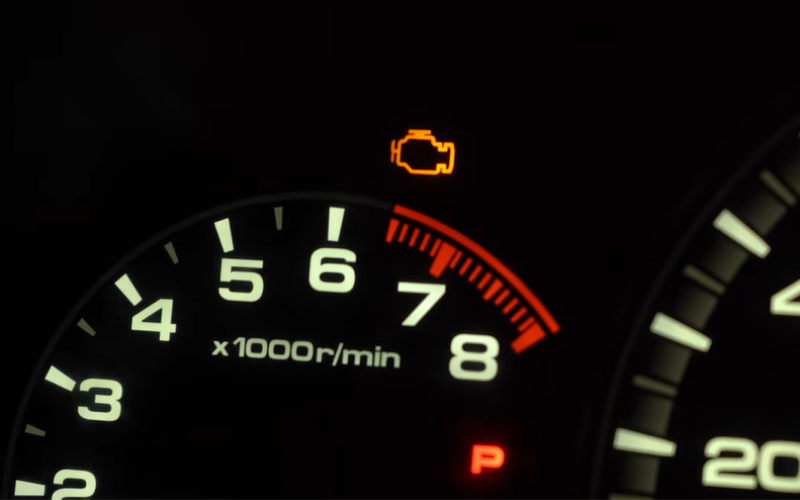
No, it’s not recommended to drive when you’ve P0300. To put it simply, you can drive when it’s P0300 code, but you SHOULDN’T. You need to immediately detect and fix the problem when it’s code P0300.
If you drive with code P0300, then you may trigger the internal engine components and catalytic converter very badly. It’ll cost you beyond imagination if this happens. That’s why you should never drive when you’ve seen code P0300.
To fix the code or repair what is damaged, it needs to have electrical tools and system knowledge. So, find your nearest local service center and let the professional mechanics diagnose the code P0300 and the range from 1-8. If any problem is detected, get it repaired immediately and DON’T drive with the code P0300 to keep your car alive.
How Serious Is Code P0300?
It is very serious. If you’ve already detected the code P0300, then you should already think it’s a serious problem. However, you shouldn’t drive your vehicle with this code as the engine can stop working suddenly. You won’t like to stand beside the road with your damaged car!
Cylinder misfire can lead to serious drivability troubles and it can affect the catalytic converter. So, to prevent any further delay, get your car repaired.
How to Diagnose Code P0300?
Make sure to check on your vehicle with a professional because misfires occur for some other reasons too. We recommend you not to do anything if you don’t have enough electrical knowledge. However, to prevent misdiagnosis of code P0300, here are some features that can help you-
Step 1: Use OBD-ll
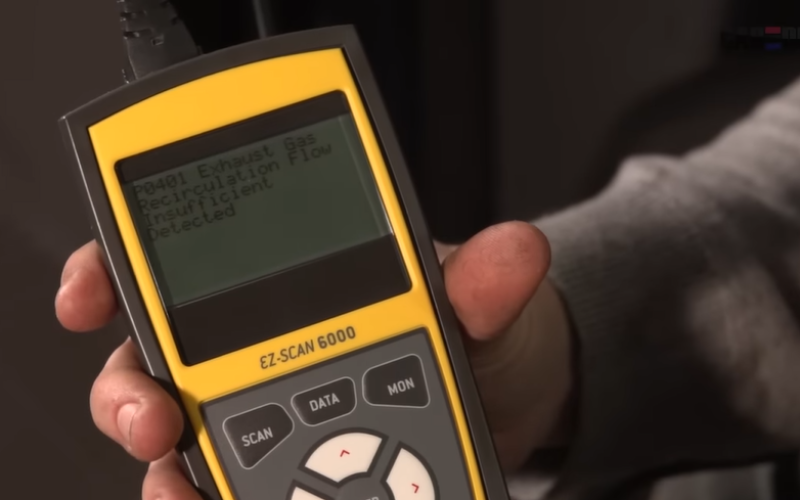
Use the scanner tool OBD-ll(Onboard Diagnostic) to watch the cylinder misfire data. Keep the engine on while doing this. Then, you’ll be able to diagnose how many misfires have occurred in each cylinder. Once you’ve detected the misfire, check in which cylinder the misfire is happening.
Step 2: Visually Inspect
Try to visually inspect the spark plug wires or coils to inspect any damaged or worn wiring.
Step 3: Professional Help
The professional mechanic will for sure check the sensors, fuel injectors, engine, distributor cap, the PCM (Powertrain Control Module), or the compression level.
How to Fix Code P0300?
Here are the steps you need to follow to fix P0300. It’s better to get it fixed by a professional mechanic. If you’re a noob, we’ll recommend not to try this by yourself as it’ll be more hassle than repairing. However, the steps to fix code P0300 are given below-
Step 1: Make Sure That No Other Problem Codes Are Present
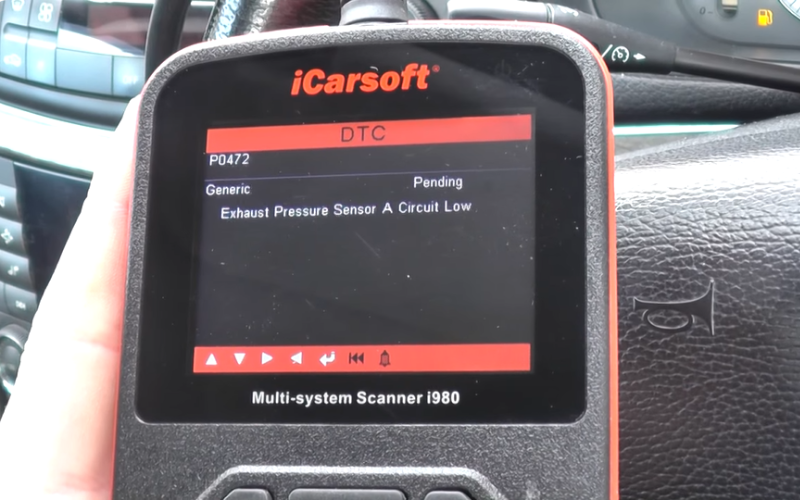
With the OBD-ll(Onboard Diagnostic) scanner tool, inspect if there is another code present. If there are other codes, then those codes must be repaired first.
Step 2: Check For Any Damaged Wiring or Connections
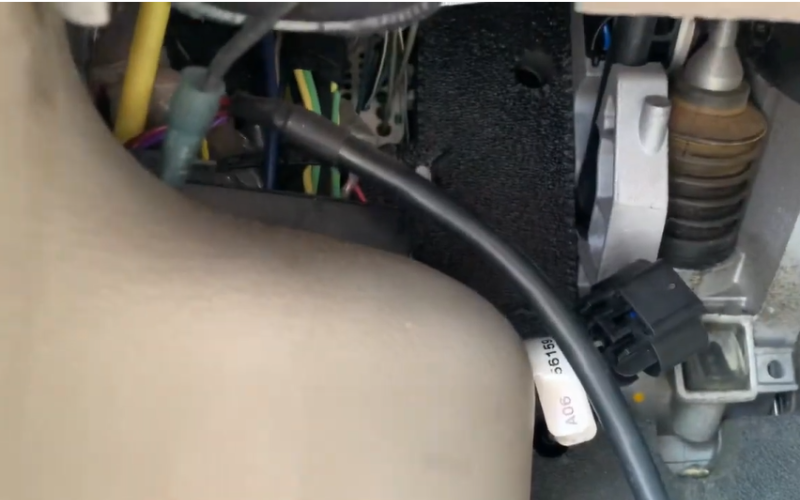
Look into the engine and find any loose or damaged wires. These connections or wires may cause a misfire. So, tighten the connections if necessary.
Step 3: Inspect The Spark Plugs
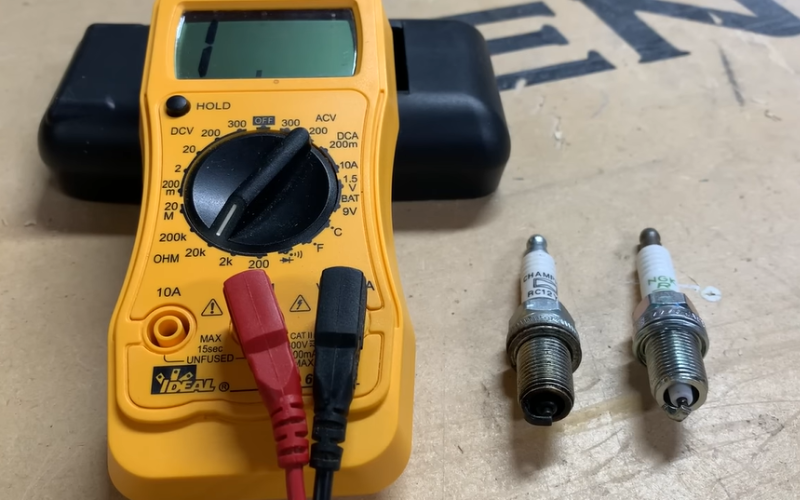
If your spark plugs are worn out or damaged, then you better replace those. In most common cases misfire occurs for damaged spark plugs. Replace the plug and recheck for the misfire then.
Step 4: Check The Fuel Pressure & Level
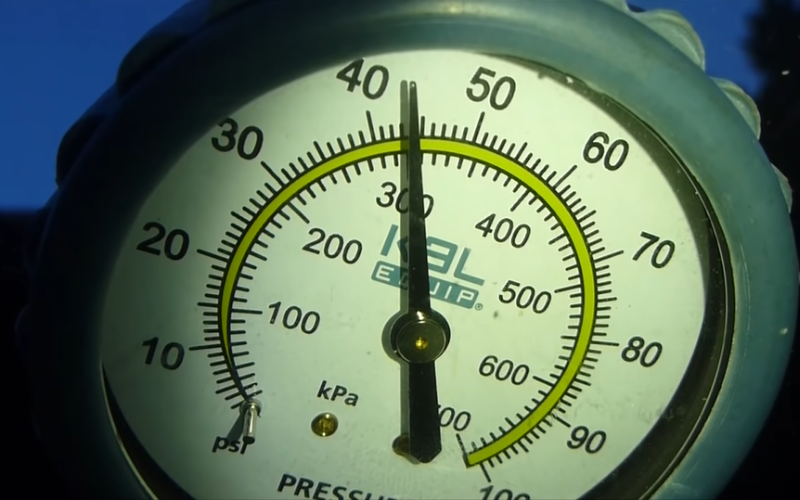
If your ignition system is proper and no damage is there, then the fuel system is probably the culprit. Check the fuel pressure to ensure that your engine is getting the right amount of fuel.
When the fuel pressure is below the specifications, then the engine doesn’t receive the proper amount of fuel. It can lead to misfires. Make sure to check on the fuel injectors too if they’re properly working and activating. Check for any clogs or damages. Clogged injectors should be replaced to have a trouble-free connection.
Step 5: Check For Any Mechanical Problems
If both the fuel and ignition systems are alright, then the culprit may be the mechanical issues. Go for an engine compression test or leak-down test. Here are some common mechanical problems-
1. Broken piston
2. Broken valve spring
3. Leaking gasket head
4. Burned valve
However, we again recommended getting checked and repairing your vehicle by a professional mechanic. They’ll be able to diagnose and fix your problem far better. You may have to replace the engine if there is any serious problem with code P0300.
Cost of Fixing Code P0300
Without a diagnosis of the proper problem, it’s hard to estimate the accurate cost. However, depending on the labor cost, it may cost around $75 to $200. The prices of replacement or repaired tools are added to the pricing cost.
Final Words
That’s all for today on the topic – is it ok to drive with a p0300 code?
In the end, we can say that code P0300 is a serious issue and it shouldn’t be neglected. Stop driving if this code appears and take your vehicle to the nearby service center immediately.
To prevent more damage and ensure your safety, fix this code as soon as possible. Best of luck!
- Read Also>> Can You Test MAF (Mass Air Flow) Sensor By Unplugging It?
- Read Also>> How to Test a Mass Air Flow Sensor? (3 Ways To Do)
- Read Also>> Where Is The Location Of camshaft position sensor bank 1?
- Read Also>> What Happens If You Don’t Relearn Camshaft Position Sensor?
- Read Also>> What Happens If You Don’t Relearn Crankshaft Position Sensor?

